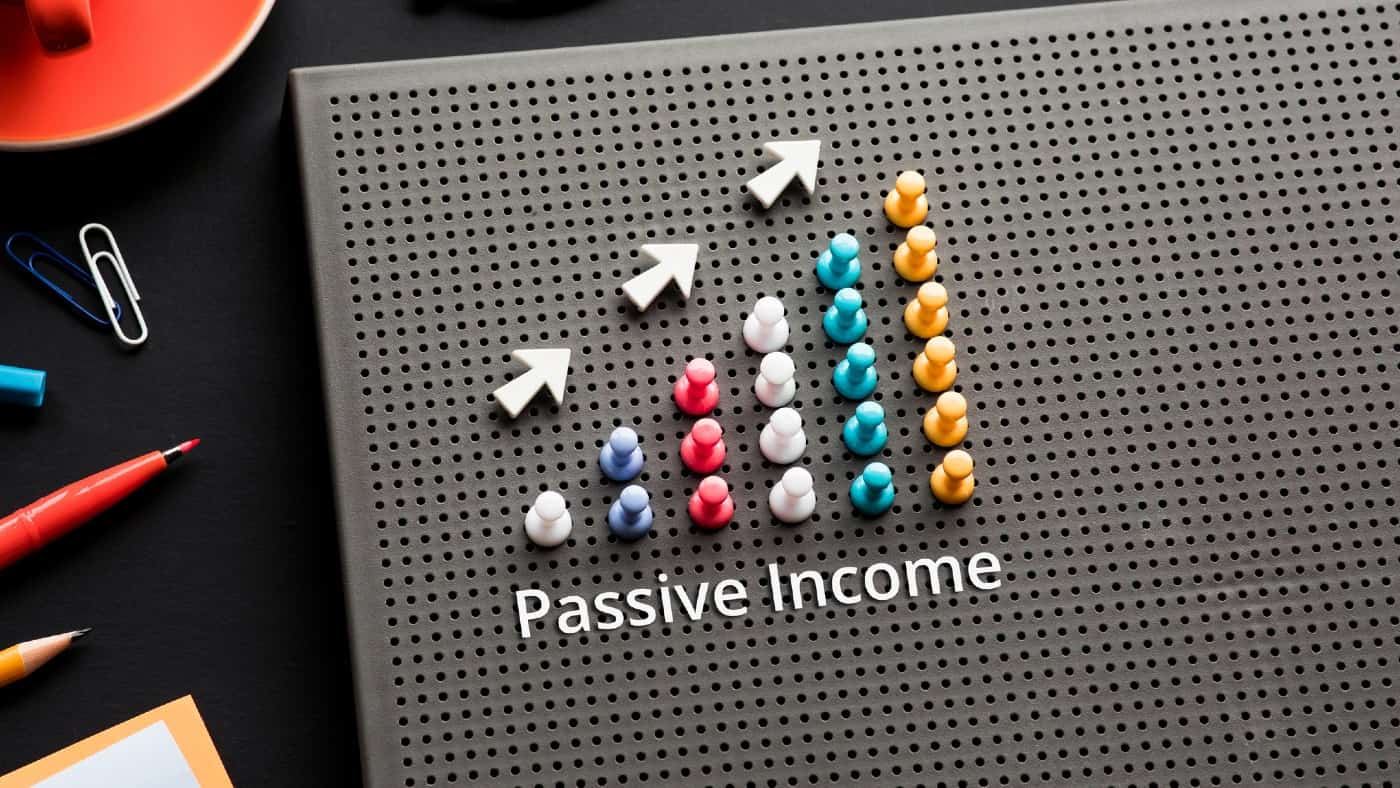
Image source: Getty Images
Witan Investment Trust is a dividend stock with an excellent track record of increasing its return to shareholders. For the year ended 31 December 2023 (FY23), it boosted its annual payout for the 49th consecutive year. At 6.04p a share, it now pays more than double what it did in 2013.
However, the Scottish American Investment Company has done better. FY23 marked its 50th successive year of increasing its dividend. Appropriately, the front cover of its annual report contained the strapline: “Income again and again”.
With ‘only’ 45 years of increases, Halma (LSE:HLMA) might be considered something of a laggard. However, the life-saving technology group is able to boast that each of these annual increases has been of 5% or more. Now that’s impressive.
What do I think?
In my opinion, these three are the UK’s most reliable dividend shares. All of them are part of the exclusive club of Dividend Aristocrats. But I don’t think they’re the best.
That’s because their yields are all relatively low. Witan, SAIC and Halma are currently (4 October) offering returns of 2.3%, 2.8% and 0.8%, respectively.
There are many higher-yielding opportunities elsewhere. For example, the average for the FTSE 100 is 3.8%.
Halma’s return is particularly disappointing given that each year — for four and a half decades — it’s increased its payout by at least 5%.
However, the low yield illustrates how much the share price has risen during this period. The rate of growth in the value of its stock has far outpaced that of its dividend.
Different priorities
But the company could pay more if it chose to.
During the year ended 31 March 2024 (FY24), it reported adjusted earnings per share (EPS) of 82.4p. With a dividend of 21.61p, it’s only returning 26% of its profits to shareholders.
Instead, Halma prefers to retain its cash to help fund its growth through acquisition. Since 1971, it’s bought 170 small and medium-sized companies. Its stated aim is for each year’s acquisitions to add 5% or more to earnings.
And to the delight of its shareholders, this strategy appears to be working. Since FY20, it’s managed to increase its adjusted EPS by 43.6%.
But to illustrate my earlier point about the payout not keeping pace with profits, the company’s dividend has increased by ‘only’ 31% during this time.
However, its shares are expensive – the stock trades on a historic price-to-earnings ratio of 31.5.
Its return on capital also appears to be going in the wrong direction. In FY24, it was 14.4%, compared to 16.3%, in FY15. This suggests its rate of growth could slow.
Final thoughts
With a yield of less than 1%, I have my doubts as to whether Halma meets the definition of an income share.
But irrespective of how it should be classified, I’d rather invest in a stock that’s cheaper and pays higher — if more erratic — dividends.













